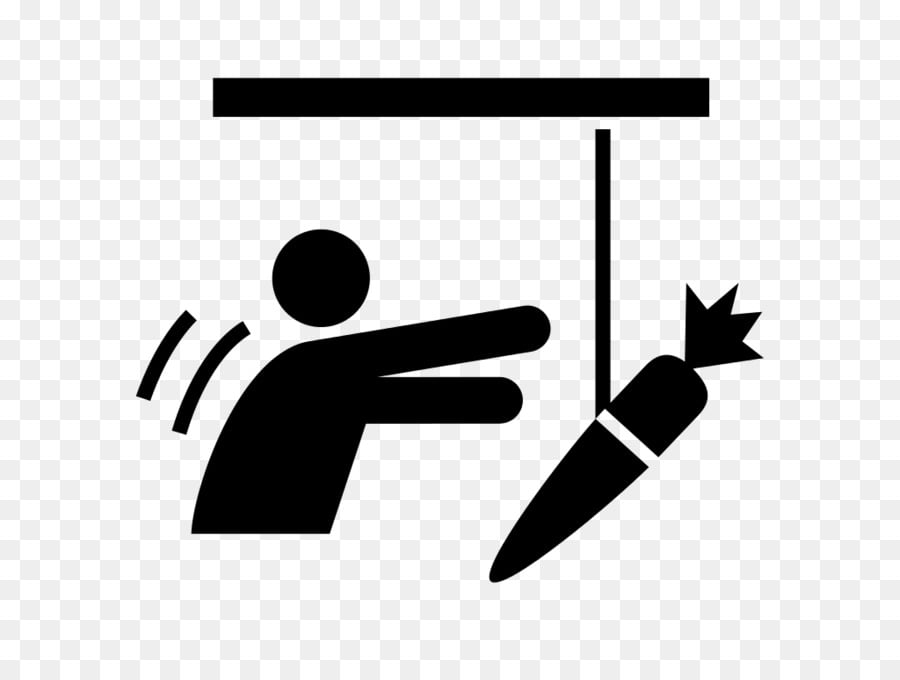Understanding Financial Management for Entrepreneurs

Updated at: 2023-07-08 21:25:47 (1 year ago by Melkisedeck Leon Shine)
Understanding Financial Management for Entrepreneurs
As an entrepreneur, it is crucial to have a solid understanding of financial management to ensure the success and growth of your business. 📊💰 Financial management is the process of planning, organizing, controlling, and monitoring financial resources to achieve business goals and objectives. Let's delve into the world of financial management and explore how it can benefit you as an entrepreneur.
-
Budgeting is Key 📝💵 Creating a budget is essential for entrepreneurs as it helps them track and manage their income and expenses. By setting financial goals and allocating resources accordingly, you can ensure that your business operates within its means and stays on track to achieve long-term success.
-
Cash Flow Management 💸💦 Effective cash flow management is crucial for the survival and growth of your business. It involves keeping track of incoming and outgoing cash, managing accounts receivable and payable, and maintaining a healthy cash flow position. By understanding your cash flow patterns, you can make informed decisions and avoid financial pitfalls.
-
Financial Analysis and Planning 📊📈 Regularly analyzing your financial statements and performance can provide valuable insights into the financial health of your business. This analysis allows you to identify areas of improvement, make informed decisions, and plan for the future. By understanding your financial data, you can make more accurate forecasts and set realistic goals for your business.
-
Risk Management 🛡️🔒 Every business faces risks, and it is essential to manage them effectively. Identifying potential risks and developing strategies to mitigate them is a crucial part of financial management. By analyzing and understanding your risks, you can minimize their impact on your business and ensure its long-term sustainability.
-
Capital Structure and Financing 💼🏦 Understanding the different sources of capital and financing options available to your business is vital for its growth and expansion. Whether it's through equity funding, loans, or grants, choosing the right capital structure can have a significant impact on your business's financial health and success.
-
Return on Investment (ROI) 📈💰 Calculating and maximizing your return on investment is essential for entrepreneurs. By evaluating the profitability of your business ventures and projects, you can make informed decisions about resource allocation and prioritize initiatives that yield the highest returns.
-
Financial Forecasting and Projections 🌟🔍 Forecasting and projecting your future financial performance can help you make strategic decisions and plan for various scenarios. By analyzing market trends, customer behavior, and other external factors, you can anticipate changes and adjust your business strategy accordingly.
-
Cost Control and Efficiency 📉🔌 Controlling costs and improving efficiency are vital for the financial success of your business. By identifying areas of waste, streamlining processes, and negotiating better deals with suppliers, you can optimize your expenses and improve your bottom line.
-
Tax Planning and Compliance 📝🏦 Navigating the complex world of taxes is crucial for entrepreneurs. By understanding tax regulations and planning strategically, you can optimize your tax liabilities, take advantage of available deductions, and ensure compliance with the law.
-
Financial Reporting and Transparency 📊🔍 Maintaining accurate and transparent financial records is essential for entrepreneurs. By keeping track of your financial transactions and reporting them in a clear and understandable manner, you can build trust with stakeholders, attract investors, and make informed business decisions.
-
Investment Decisions 💼🔎 Understanding the principles of investment can help entrepreneurs make wise investment decisions. Whether it's investing in new technology, expanding operations, or diversifying product lines, evaluating potential returns and risks is crucial for long-term success.
-
Financial Education and Continuous Learning 🎓📚 Financial management is a complex field, and it is essential for entrepreneurs to continuously educate themselves and stay updated with the latest trends and practices. By investing in your financial knowledge and skills, you can make better decisions and drive the financial success of your business.
-
Seek Professional Help when Needed 🤝📞 It's important to recognize when you might need external expertise. Whether it's hiring a financial advisor, accountant, or attending workshops and seminars, seeking professional help can provide valuable insights and guidance when navigating financial management challenges.
-
Learn from Successful Entrepreneurs 🌟👥 Take inspiration from successful entrepreneurs who have mastered financial management. Study their business strategies, learn from their mistakes, and adapt their best practices to your own entrepreneurial journey.
-
Your Opinion Matters! 🗣️💭 What are your thoughts on financial management for entrepreneurs? Have you faced any challenges or success stories in managing your business's finances? Share your experiences and let's continue the conversation!





